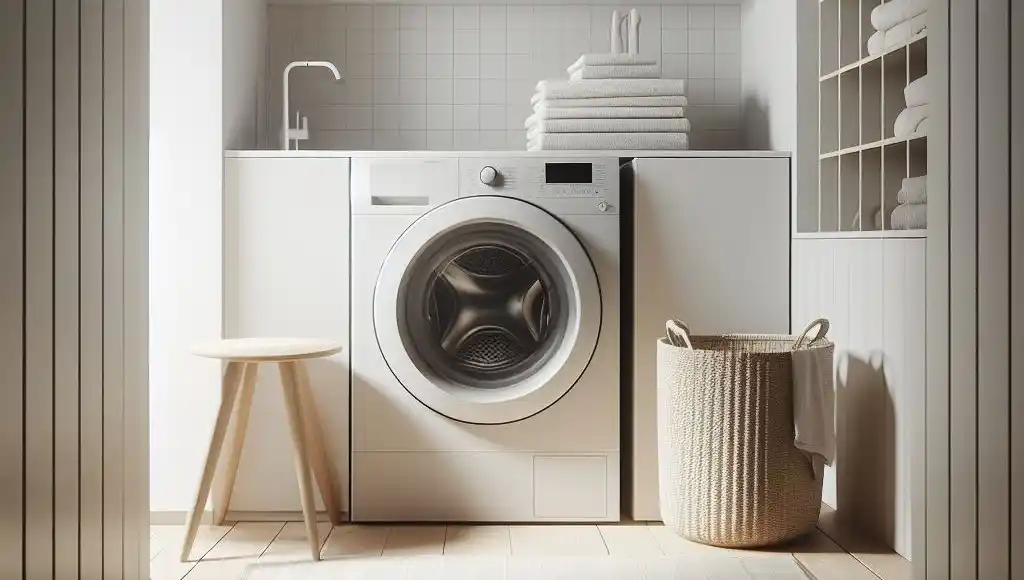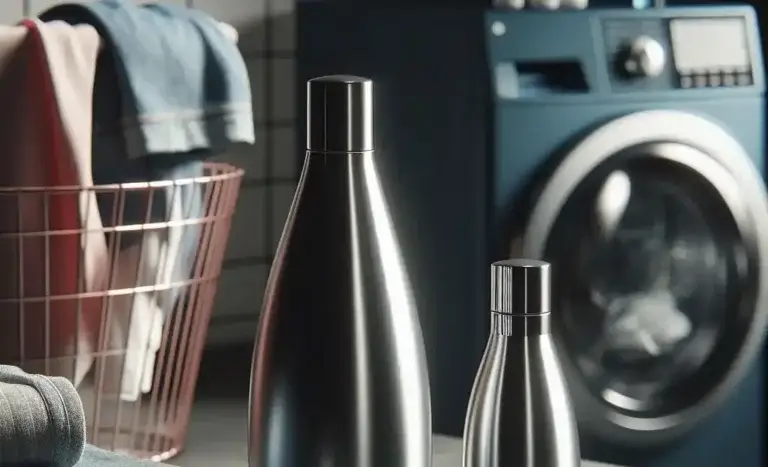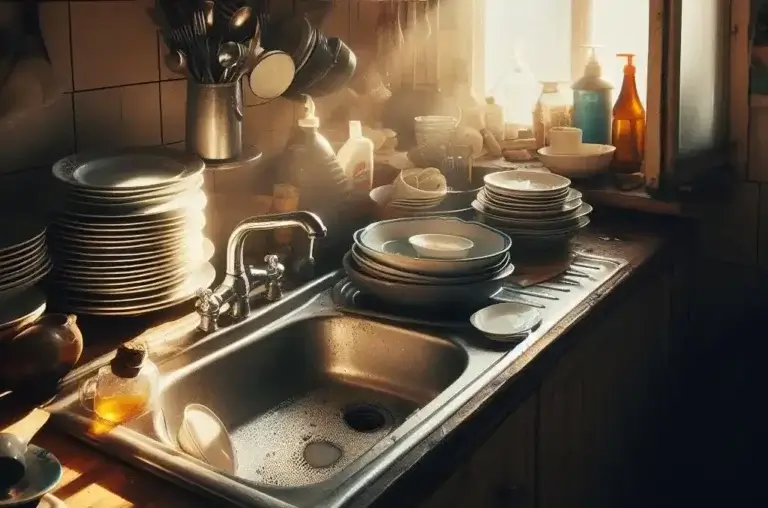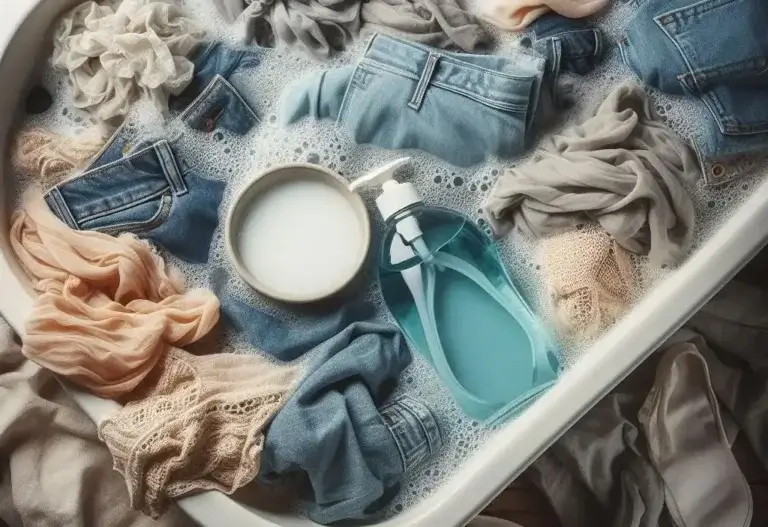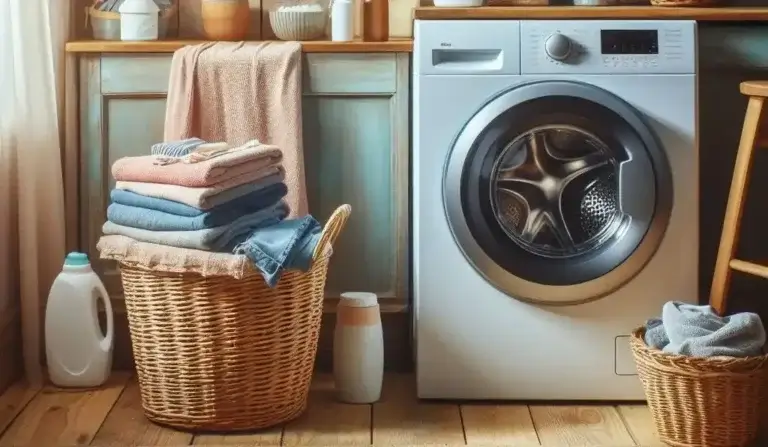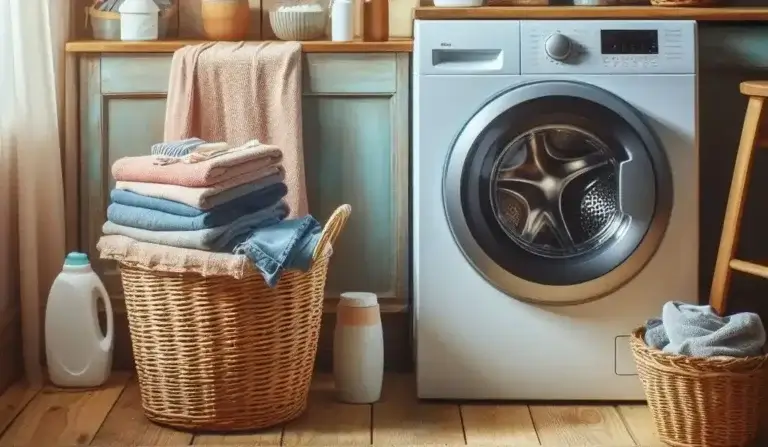How to Wash Cloth Diapers With Poop: Conquering the Poopy Pail
For American parents embracing the eco-friendly and cost-effective world of cloth diapering, the question of handling “messy situations” often arises. Fear not, new parents! Washing cloth diapers with poop isn’t as daunting as it might seem.
This comprehensive guide will equip you with the knowledge and confidence to handle soiled diapers efficiently and hygienically. After reading this you will find the answer to ” How to Wash Cloth Diapers With Poop “.
Table of Contents
Understanding Your Cloth Diapering System
Before diving into the washing process, it’s crucial to understand your specific cloth diapering system. Here are the main types:
- Pocket Diapers: These have a waterproof cover and a separate absorbent insert that can be removed and washed individually.
- All-in-One (AIO) Diapers: These are one-piece diapers with absorbent material built into the cover.
- Cover Diapers: These require a separate liner, which is usually disposable, to catch waste.
Knowing your diaper type helps determine the specific steps you’ll need to follow during washing.
Prepping for Clean Poop Wash Day
Here are essential steps to take before tossing soiled diapers into the washing machine:
- Solid Waste Removal: Scrape or dunk the soiled area in the toilet bowl to remove as much solid waste as possible. Flushing is generally not recommended as it can clog your plumbing. Consider using a diaper sprayer for a more hands-free approach.
- Storage: Store soiled diapers in a wet bag until wash day. These bags are lined with waterproof material to prevent leaks and contain odors.
- Pre-Rinsing (Optional): Some parents choose to pre-rinse diapers by running them under cold water to remove additional residue.
Essential Supplies for Washing Cloth Diapers
- Diaper pail with a wet bag: This keeps your soiled diapers contained and odor-free until wash day.
- Diaper sprayer (optional): This stream of water can make solid waste removal more efficient.
- Cloth diaper detergent: Choose a detergent designed specifically for cloth diapers, as regular detergents can leave buildup and reduce absorbency.
- Baking soda (optional): This can help neutralize odors and soften water if your water is hard.
- White vinegar (optional): This acts as a natural fabric softener and can be added to the final rinse cycle.
The Cloth Diapers Washing Process – Step-by-Step Guide
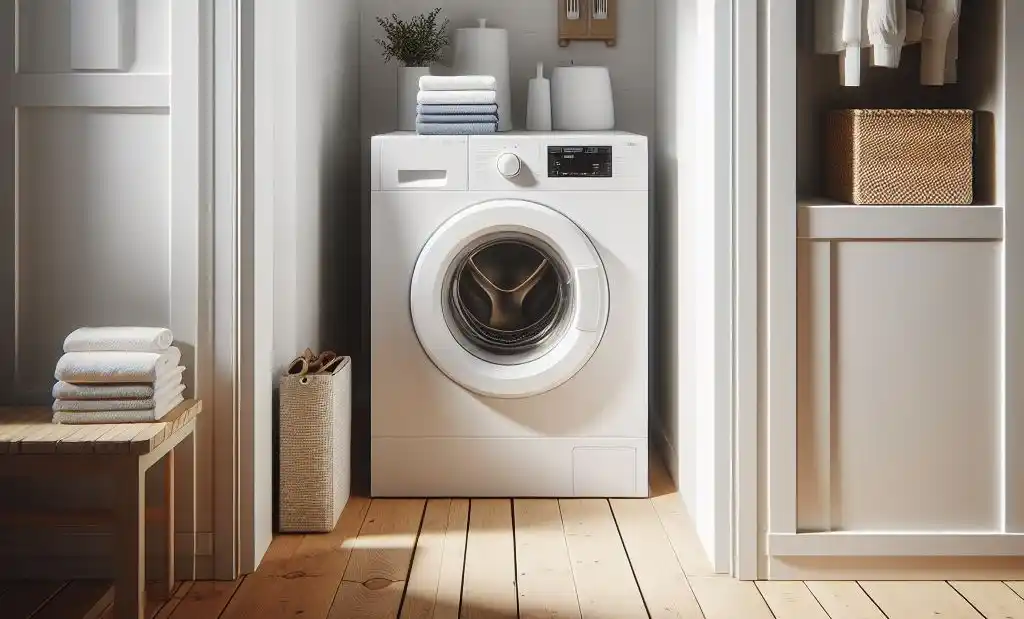
Important Note: Always refer to the manufacturer’s instructions for your specific diaper brand, as washing procedures may differ slightly.
1. Pre-wash (Cold Cycle):
- Remove diapers from the wet bag and place them loosely in the washing machine.
- Run a short, cold rinse cycle or a cold “pre-wash” cycle without detergent. This helps loosen and remove any remaining solid matter.
2. Main Wash (Hot Cycle):
- Add cloth-safe detergent according to the manufacturer’s instructions.
- Run a full wash cycle on the hottest water temperature setting your diapers can handle (usually a hot or sanitizing cycle).
- You can add half a cup of baking soda to the wash cycle to help with odor control and water softening in hard water regions.
3. Rinse Cycle:
- Run an extra rinse cycle to ensure all detergent residue is removed.
4. Drying:
- Line drying is the most recommended method for cloth diapers as it preserves their lifespan and is environmentally friendly.
- If using a dryer, use the low or medium heat setting to prevent damage to the PUL (waterproof) layer.
Troubleshooting Common Issues
Problem: Stains remain after washing.
Solution:
- Pre-treat stains with a cloth diaper-safe stain remover before washing.
- Sun exposure can naturally fade some stains.
Problem: The ammonia smell persists.
Solution:
- Increase the water temperature during the main wash cycle.
- Add an extra rinse cycle to ensure all detergent residue is removed.
- Check for leaks and replace worn-out diapers or elastics.
Problem: Diapers lose absorbency.
Solution:
- Strip your diapers periodically to remove buildup. You can find instructions online for specific stripping methods depending on your diaper type and detergent.
- Avoid using fabric softeners as they can coat the fibers and reduce absorbency.
Additional Tips for Success
- Wash diapers every 2-3 days or when the diaper pail becomes full.
- Do not overload the washing machine. This prevents proper cleaning and rinsing.
- Clean your washing machine regularly to remove any buildup
Beyond the Basics: Advanced Cloth Diapering Laundry Techniques

For those seeking to optimize their cloth diapering experience, here are some advanced techniques:
1. Diaper Sprayer Usage:
- Utilize a diaper sprayer to efficiently remove solid waste by holding the soiled area under a stream of running water.
- Aim the spray away from yourself and ensure the water pressure isn’t strong enough to damage the diaper fibers.
- Clean the sprayer nozzle regularly to prevent bacteria buildup.
2. Stripping Diapers:
- This process removes accumulated detergent residue, hard water minerals, and other buildup that can affect absorbency.
- It should only be done 2-3 times per year unless your diapers experience significant absorbency issues.
- Follow specific stripping instructions based on your diaper brand and detergent.
3. Cloth Diaper Liners:
- These biodegradable or reusable liners can be placed inside pocket diapers or AIO diapers to simplify waste removal.
- They capture solid waste and can be thrown away, reducing the need for pre-rinsing or scraping.
4. Water Softener:
- Consider using a water softener for your washing machine if you have hard water. This helps prevent mineral buildup in your diapers, improving their absorbency and lifespan.
5. Sunning Diapers:
- Sunlight is a natural disinfectant that can help bleach out stains on white diapers.
- Hang diapers on a clothesline in direct sunlight for several hours after washing.
How to clean poopy cloth diapers without a sprayer
While a diaper sprayer can be a convenient tool, there are effective ways to clean poopy cloth diapers without one:
1. Scrape and Dunk:
- Scrape: Gently scrape off the solid waste using a diaper spatula or a dull knife into the toilet bowl. Avoid flushing as it can clog your plumbing.
- Dunk: Submerge the soiled diaper completely in the toilet bowl for a few minutes. Swish it gently to loosen any remaining matter. Repeat this process if necessary.
2. Plop and Shake:
This method works best for breastfed babies with looser stools:
- Fold the diaper in half, matching the soiled areas.
- Gently press and squeeze the diaper to encourage the stool to “plop” off into the toilet bowl.
- Open the diaper and shake gently to remove additional loose matter.
3. Disposable Liners:
- Consider using biodegradable or reusable cloth liners inside your pocket diapers or AIO diapers.
- These liners catch solid waste and can be thrown away, reducing the need for extensive pre-rinsing or scraping.
4. Wet Bag Storage:
- Always store soiled diapers in a wet bag until wash day. This keeps them contained and minimizes odors.
5. Pre-Rinse Option:
- Some parents opt to pre-rinse diapers under cold running water to remove additional residue before the washing process.
Helpful Tips:
- Wear disposable gloves for added hygiene during the handling process.
- Wash your hands thoroughly after handling soiled diapers.
- Follow the washing instructions provided for your specific cloth diaper brand.
By implementing these techniques and maintaining consistency, you can effectively clean cloth diapers without a sprayer while ensuring a hygienic and environmentally friendly diapering experience.
What to do with poop in reusable nappies
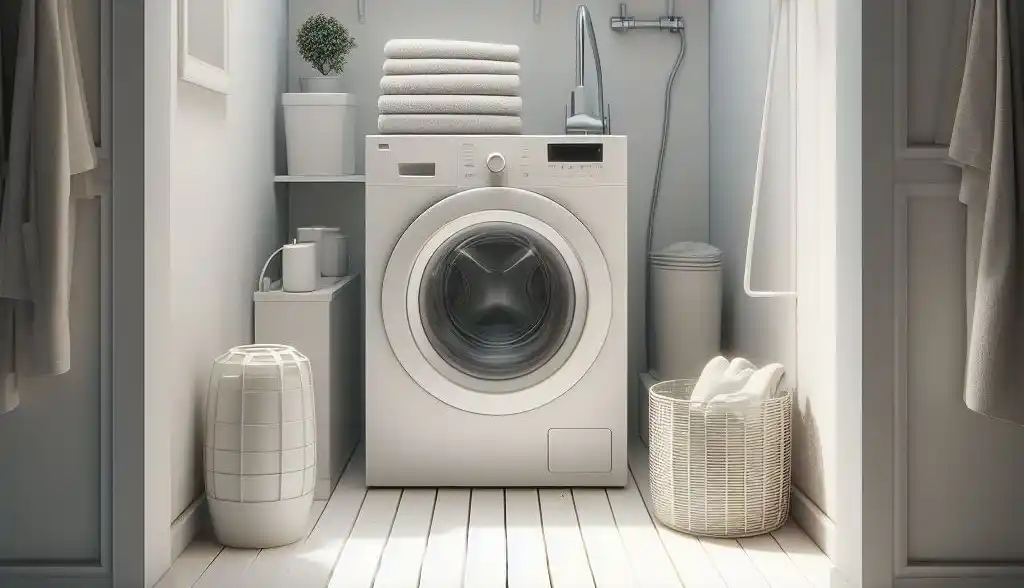
Dealing with “business” in reusable nappies isn’t as daunting as it might seem! Here’s a user-friendly guide to tackling poopy nappies effectively and hygienically:
1. Scrape or Dunk:
- Scrape: Gently remove the bulk of the solid waste using a diaper spatula or a blunt butter knife into the toilet bowl. Avoid flushing as it can clog your plumbing.
- Dunk: Submerge the soiled nappy completely in the toilet bowl for a few minutes. Swish it gently to release any remaining matter. Repeat if necessary.
2. Pre-rinse (Optional):
- Some parents choose to pre-rinse the nappy under cold running water for additional cleaning before washing.
3. Storage:
- Store soiled nappies in a wet bag until wash day. These bags are lined with waterproof material to prevent leaks and contain odors.
4. Washing Process:
- Follow the washing instructions specific to your nappy brand. They may differ slightly based on the type and material.
- Generally, you’ll run a short, cold pre-wash cycle followed by a full wash cycle on the hottest water temperature your nappies can handle (usually hot or sanitizing).
- Use a cloth-safe detergent designed for nappies, as regular detergents can harm absorbency.
5. Drying:
- Line drying is the most recommended method as it preserves the nappies’ lifespan and is eco-friendly.
- If using a dryer, use the low or medium heat setting to avoid damaging the waterproof layer.
Additional Tips:
- Wear disposable gloves for added hygiene during handling.
- Wash your hands thoroughly after dealing with soiled nappies.
- Consider using biodegradable or reusable liners inside pocket nappies or AIOs to catch solid waste, minimizing scraping and pre-rinsing.
- Clean your washing machine regularly to remove buildup from detergent and prevent odor.
Remember, consistency is key! With a little practice, you’ll be a pro at managing poopy nappies while enjoying the benefits of reusable diapering.
How to clean newborn poop from cloth diapers
Dealing with newborn poop in cloth diapers might seem like a daunting task, but fear not! Here’s a user-friendly guide to keep your cloth diapers clean and odor-free:
Before Washing:
- Scrape or Dunk: Gently remove the bulk of the solid waste using a diaper spatula or a blunt spoon into the toilet bowl. Never flush as it can clog your plumbing.
- Dunk: Submerge the soiled area of the nappy completely in the toilet bowl for a few minutes. Swish it gently to loosen any remaining matter. Repeat if necessary.
- Pre-Rinse (Optional): Some parents find pre-rinsing the nappy under cold running water helps remove additional residue before washing. This is especially helpful for newborns with frequent, looser stools.
Storing Soiled Nappies:
- Always store soiled nappies in a wet bag until wash day. These waterproof bags contain odors and prevent leaks.
Washing:
- Follow the washing instructions specific to your nappy brand. They might differ slightly depending on the type and material.
- Generally, you’ll run a short, cold pre-wash cycle followed by a full wash cycle with hot water, the hottest temperature your nappies can handle (usually hot or sanitizing).
- Use a cloth-safe detergent designed for nappies, as regular detergents can harm absorbency.
Drying:
- Line drying is the best method, preserving the nappy’s lifespan and being eco-friendly.
- If using a dryer, use the low or medium heat setting to avoid damaging the waterproof layer.
Additional Tips:
- Wear disposable gloves for added hygiene during handling.
- Wash your hands thoroughly after dealing with soiled nappies.
- Consider using cloth diaper liners: These biodegradable or reusable liners capture solid waste, reducing scraping and pre-rinsing.
- Clean your washing machine regularly to remove detergent buildup and prevent odor.
Newborn-Specific Considerations:
- Newborn poop is often looser than older babies. The dunk and plop method might be helpful:
- Fold the nappy in half, matching the soiled areas.
- Gently press and squeeze the diaper to encourage the stool to “plop” off into the toilet bowl.
- Newborns may need more frequent diaper changes, leading to more frequent washing.
Remember, consistency is key! With a little practice, you’ll be well-equipped to handle newborn poop in cloth diapers, ensuring a clean and sustainable diapering experience for your little one.
Summary
You can confidently and efficiently wash your cloth diapers by following these steps and incorporating the provided tips. Remember, consistency is key! With a little practice, you’ll be well on your way to enjoying a clean, odor-free, and eco-friendly diapering experience.
FAQs
Q: How often should I wash my cloth diapers?
A: Wash diapers every 2-3 days or when the diaper pail becomes full.
Q: Can I use regular laundry detergent on cloth diapers?
A: No, use a cloth-safe detergent specifically designed for cloth diapers. Regular detergents can leave buildup and reduce absorbency.
Q: Is it safe to use bleach on cloth diapers?
A: Avoid using bleach as it can damage the fibers and make the diapers less absorbent.
Q: My baby has sensitive skin. What should I do?
A: Choose a gentle, fragrance-free cloth diaper detergent and avoid using fabric softeners. Additionally, you can pre-rinse the diapers twice to ensure all detergent residue is removed.
Conclusion
Washing cloth diapers with poop is a manageable and rewarding experience. By understanding your diaper system, employing the right techniques, and being consistent, you can ensure clean, fresh diapers for your little one while contributing to a more sustainable future. So, embrace the journey and enjoy the many benefits of cloth diapering!

